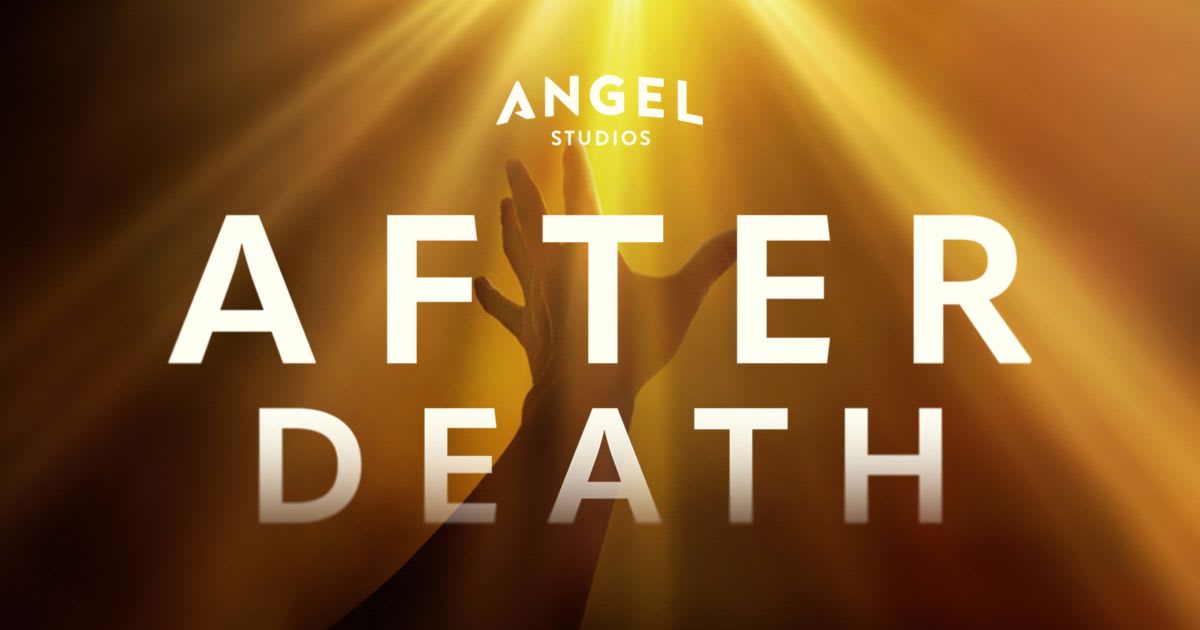After Death Movie Review
In a previous existence, After Death would have been discarded. It would be presented as a little white brochure, produced with sincerity and crammed with unbelievable tales that overflowed from someone’s passion for spreading their religion, but which would ultimately add to the waste stream. It’s a feature film and, to be charitable, a documentary in their world, but in ours, which some of the people involved in this production don’t believe to be as genuine as the eternity they claimed to have seen, it’s not.
Over 2,200 theatres will be showing “After Death” this weekend, making it impossible to ignore. It fails even as an infomercial, so there’s no way to take it seriously. The primary product that “After Death” is attempting to sell you is itself. It was distributed by Angel Studios, who made news last summer with their release of “Sound of Freedom.” The Pay It Forward effort, in which moviegoers were encouraged to pay it forward by paying for the admission of others, resulted in a first at the box office. Since it was so effective, “After Death” includes a similar pitch in the final credits, with co-leader Stephen Grey making the same points as Caviezel although in a slightly different cut and also sporting a bar code near on his face.

For a long time, America has relied on promises of extraterrestrial life and otherworldly technology to feed its wildest kinds of desire and comfort. Things we won’t know for sure until after we die. Pearly gates, an eternal resting place. To continue this trend, “After Death” has a cast of personalities who have suffered from very horrific physical incidents that are collectively referred to as Near-Death Encounters that establish the presence of God & Heaven.
These accolades remind us that many of them have also written a best-selling book on the subject of dying. Some of them have degrees in medicine. The strength of this documentary, at least according to its creators, is that it can employ cinematic techniques like sweeping drone views and “Oppenheimer”-like bursts of fire to realise the intangible, despite the fact that the participants themselves admit that there are not any Earthly words to convey what they feel.
There’s some emotion in the tales they tell. Initially. They represent the kind of unspeakable horror and anguish that may shape a person irrevocably. Just one person caused an aircraft disaster. Another person was pronounced deceased after severe abdominal pain. Another guy describes how God appeared to him in the form of a bright orb during a suicide attempt. All of these folks reported feeling that they had left their bodies or that they had entered a domain that was more vivid, noisy, and full of colour than their everyday lives.
Even the visually impaired have been reported to have possessed the capacity to see in an afterlife-like setting. The initiative fails to humanise the participants beyond their function in conveying the message, even if many of them seem to be comfortable with doing so. They never move from where the light is beaming on just a single side of their face, adding to the overall gravity of the quirky project.
Grey and Chris Radtke, the films’ co-directors, use the dramatic strategy of summertime smash trailers in telling their tales, complete with swells of orchestral music, rapid editing, and elaborate special effects. The stories are awkwardly pieced together at times, giving us just a snippet of information about one event before jumping to another. The intensity of their anguish, or the finality with which it should had to be dealt with, is shown in a series of intercut interviews. What they go through creates the messy show for us to enjoy.
The shallow “After Death” assumes by the middle that you have been convinced of these ethereal encounters. Thereafter, the focus shifts to inspiring awe as one guy opens out about his near-death experience and the subsequent changes he vowed to make in his own life, particularly as a parent and a son. When it slows down and allows individuals chat for longer, “After Death” loses sight of the grandeur and the feeling it may evoke from such an event, and instead becomes creepy.
Don Piper, who earlier detailed his tale in a book, “90 Minutes in Heaven,” and its 2015 movie adaptation, states several things that shed light on a worrying style of thinking and the irresponsible marketing of this idea: Heaven is the best there is. That is the truest thing there is. The world seems like that to me. He then gestures to the ground and adds, “This is not.”
A bad faith effort such as this one must recognise scepticism as the gravity that might ground otherwise ethereal concepts in this particular environment. One of the numerous doctors and best-selling writers quoted in “After Death” gets at this theme only tangentially. In general, it takes the opposite tack of scepticism. What makes you think these anecdotes don’t amount to proof? One side insists on empirical evidence, while the other advocates for intangibles like heavenly choirs and glowing orbs.
